July 12 – August 4, 2019
Hermès Maison, Shanghai, China
Foreword
By Cao Dan, Curator
“The eye of the painter is a false mirror: it modifies what it captures by reconstructing the appearing features of the mystical world.” Belgian philosopher Marcel Paquetonce spoke in these terms of Surrealist painter René Magritte. The latter knew well how to craft intriguing images of said mystical world by means of his painter’s eye and boundless imagination. Surrealism itself is precisely about making use of philosophy,literature, art, drama, and film to gaze further into the world of human dreams and the inner heart, exploring and expressing the secret relations between all that exists in the universe, and thus establishing a bridge between mankind and the cosmos. As a result, one could say that the aesthetics of Surrealist ideology born in Western Europe in the early twentieth century bear coincidental resemblance to the classical Eastern notion of “Heaven and Man as one.”
Yan Xiaojing’s solo exhibition, “Dreamland”, allows us to witness the aesthetic traces of such an East-meets-West phenomenon. The exhibition is the beginning of a miraculous journey in pursuit of dreams: wandering through Mountain of Pines and Nebula, encountering Lingzhi Girl,Morning Glory and Ink-Water-Stone, one penetrates into the parallel, enigmatic world of another’s dream, while experiencing the limitless mysteries of the cosmos. In A Tale of Two Cities, Dickens wrote that “every human creature is constituted to be that profound secret and mystery to every other.” It is indeed the quest to satiate curiosity that has stimulated imagination, bringing about the flourishing of arts and human civilization. Yan has lived and studied in both China and the West, and in turn utilizes a mixture of contemporary Western discourse and modern materials, with traditional Eastern symbolic elements that embody ancient mythologies and specific conceptual implications. Through this hybridity, she constructs her own personal artistic language. Because “aesthetic conception transcends concrete objects described,” her works bring viewers to a wide-open space of imagination where one discovers a form of reality beyond the tangible world. We also find in them the artist’s affirmation of the intrinsic tenderness and sensitivity of human nature. Her artworks reflect an ethos of modesty, love, and care towards the mystical unknowns of the cosmos.
“Dreamland”—to comprehend the laws of the universe from within a dreamlike space. As the Chinese poet Wang Wei once wrote, “In dreams I delve, alive with the ultimate essence of Tao.” Although the visit is brief as it is, I wish you sweet dreams.
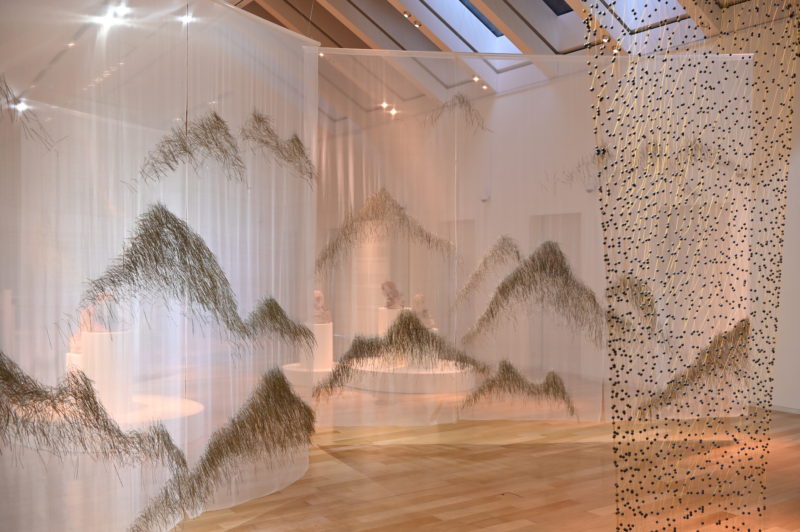
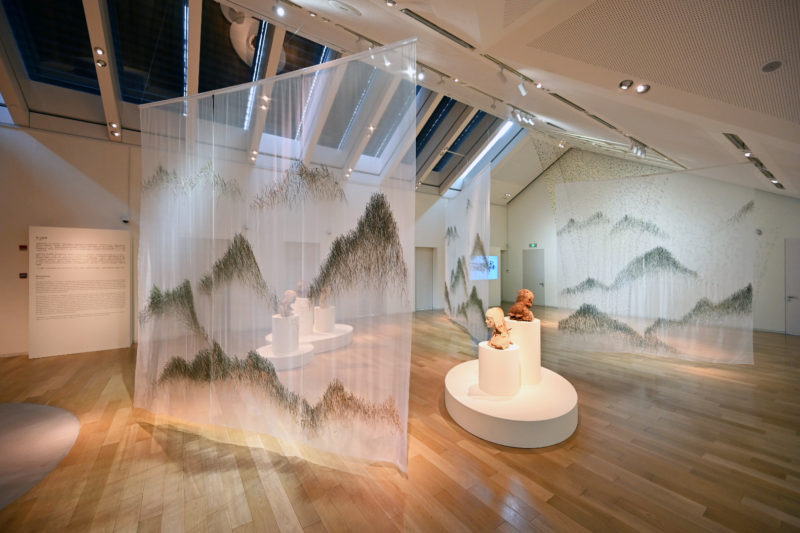
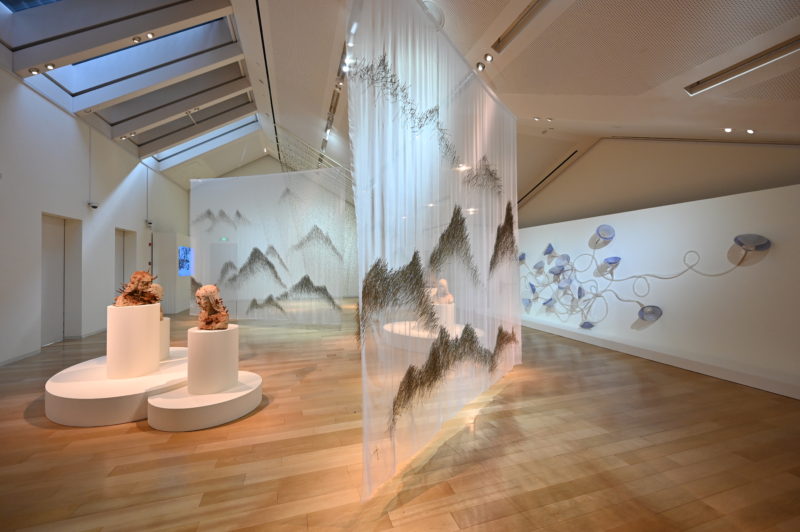
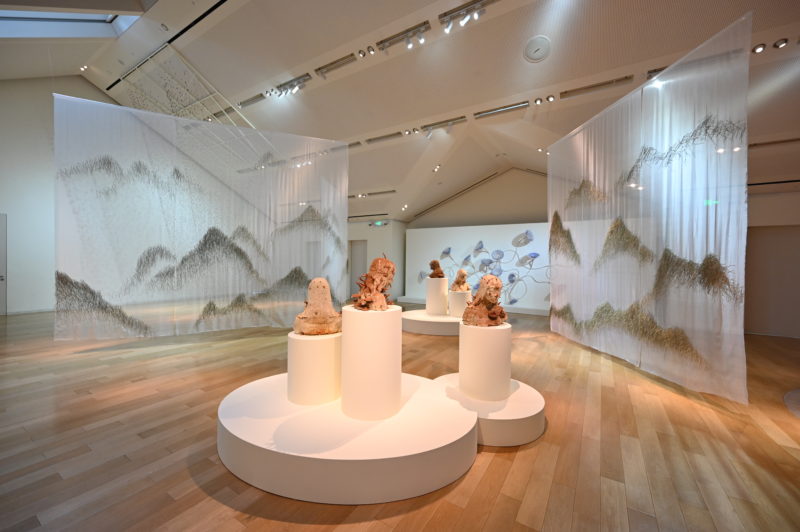
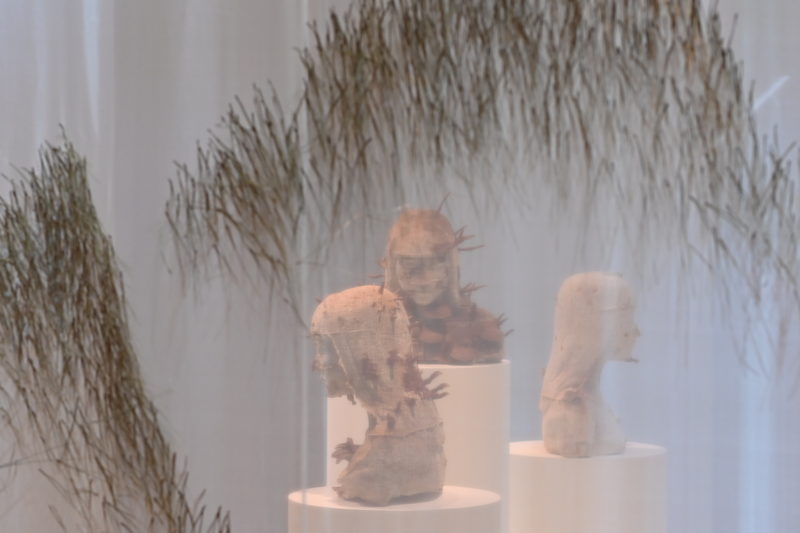
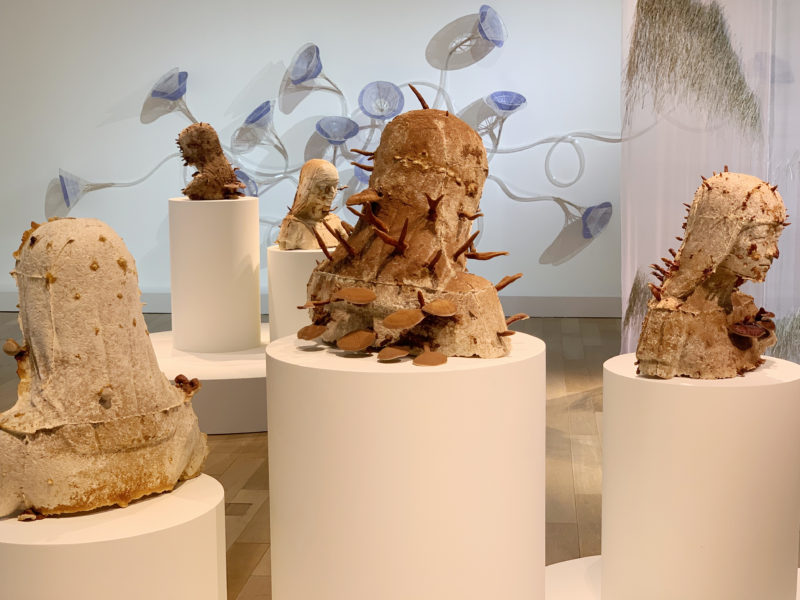
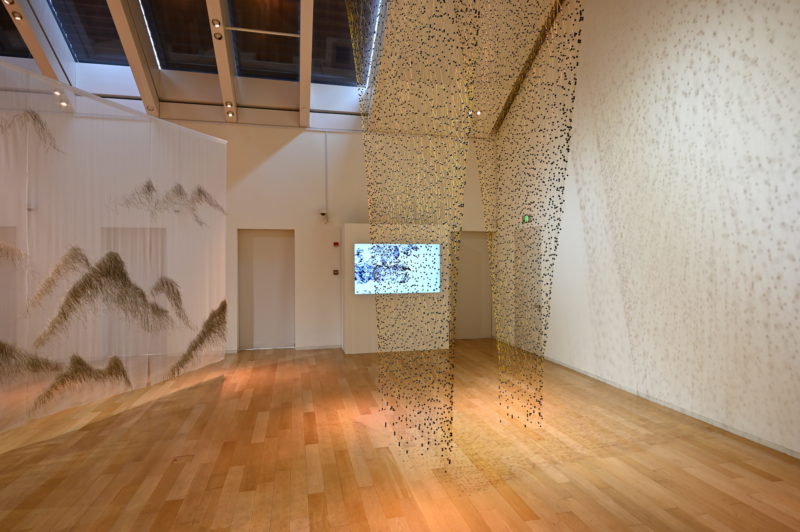
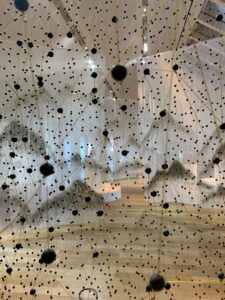
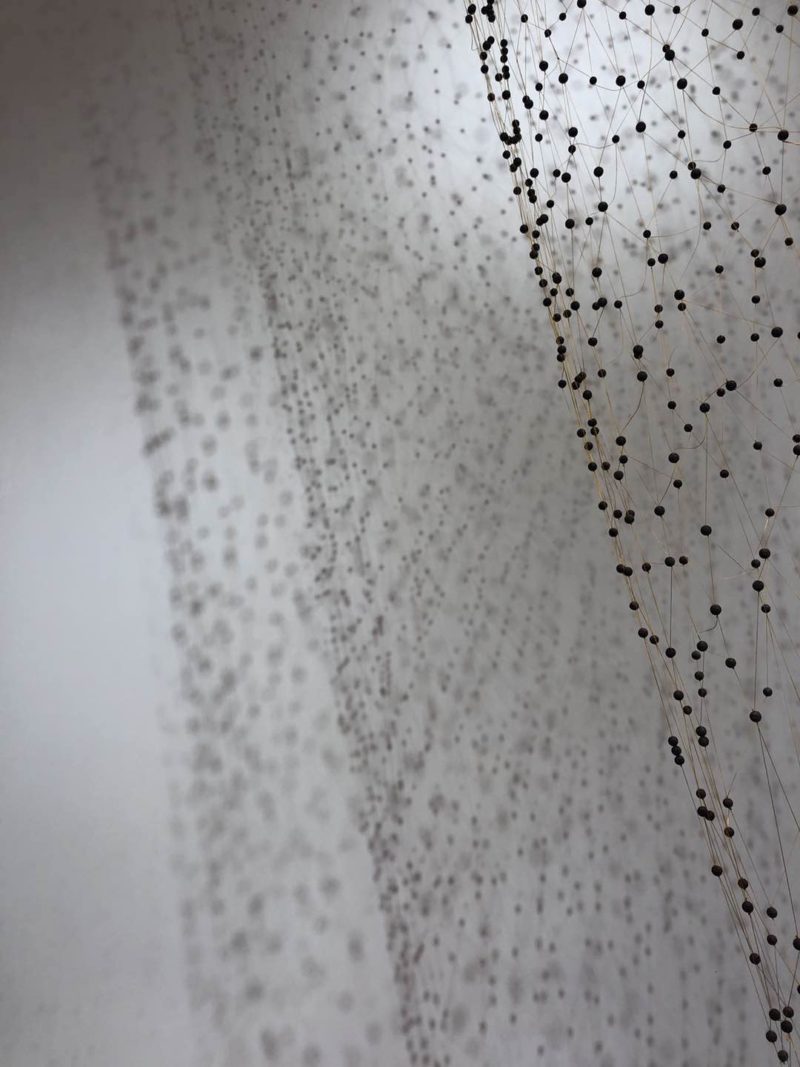
梦之秘境
文| 曹丹 策展人
“画家的眼睛是一面不真实的镜子:他通过重建世界之谜的表象来改变他所捕获的东西”,比利时哲学家马塞尔·帕凯曾经如此评述超现实主义画家勒内·马格利特。而后者深谙如何以画家之眼和无穷的梦境来构筑起“世界之谜”的扑朔表象。超现实主义正是通过哲学、文学、艺术、戏剧和电影而将眼光更多地投向人的梦境和内心世界,探索和表达宇宙万物之间的隐秘关系,为人与世界的和解构筑起一座桥梁。因而在某种意义上,源自二十世纪初西欧的超现实主义美学思想,与东方古典哲学的“天人合一”有着不谋而合之处。
闫晓静个展“梦之秘境”让我们看到了这一中西相“合”的美学印记。展览开启了一段奇妙的寻梦之旅:途经《松山》与《星云》,偶遇《灵芝女孩》、《昙花一现》、《墨-水-石》,则进入他人的梦境,走进一个平行的神秘世界,感悟漫无边际的宇宙之谜。狄更斯在《双城计》中写道“每个人都构成了对他人而言的秘密,一个深不可测的神秘”。正是对这一“神秘”的好奇和探寻,激发了人的想象力,绽放出今天人类的艺术和文明。具有中西方学习和生活经历的闫晓静,在包含了古代神话和特定象征意义的东方传统符码与西方当代语境、材料之间,建构起自己独特的词汇。境生象外,她的作品给观者带来开放的想象空间去发现现实世界之外的“现实”;同时也可以从中看到艺术家对人性中柔弱和敏感的肯定。
在很大程度上,这也是对世界之谜的谦逊、对神秘之相的爱护。“梦之秘境”,在梦幻的境地中参悟宇宙万物之法则。如诗人王维所言,“深悟幻境,独与道游。”在短暂的观展旅程中,愿您做个好梦。
文| 曹丹 策展人
